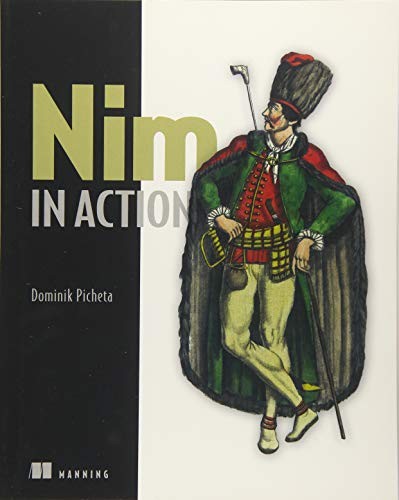This paper covers a compiler for more traditional imperative code to be converted to optimized (and batched) FHE operations via the SEAL library. The frontend is Python, which is then converted to multiple simplification and optimization passes in the CPP MLIR.
Both synthetic/toy examples and more real-world applications are created in pure imperative implementations (that require non-performant emulation steps), compiled with HECO, and built with FHE optimizations manually. The HECO performance is close to the hand-optimized in most scenarios, even edging it out in a few.
Hopefully the spread of this tool will help FHE reach the masses.






